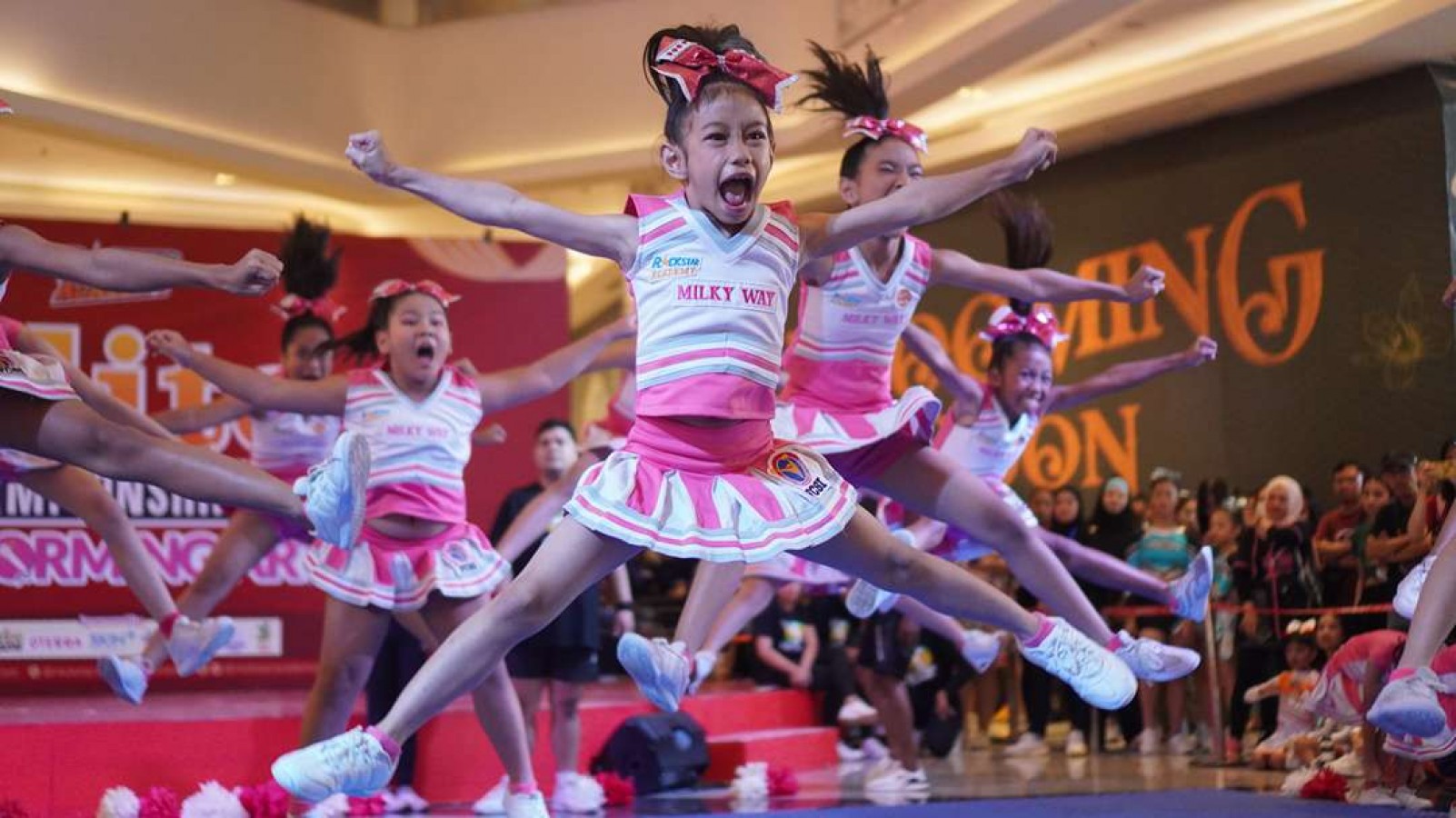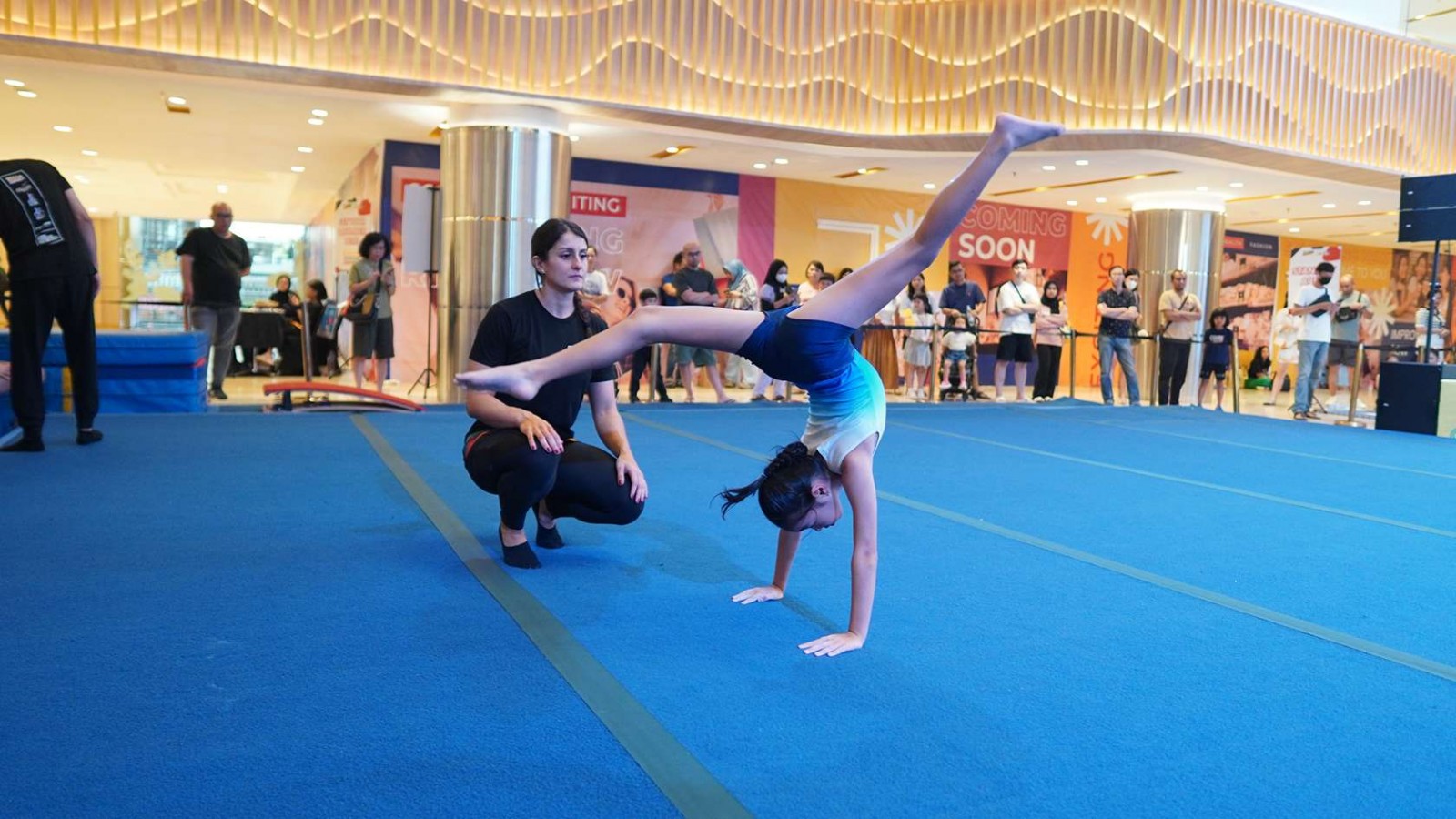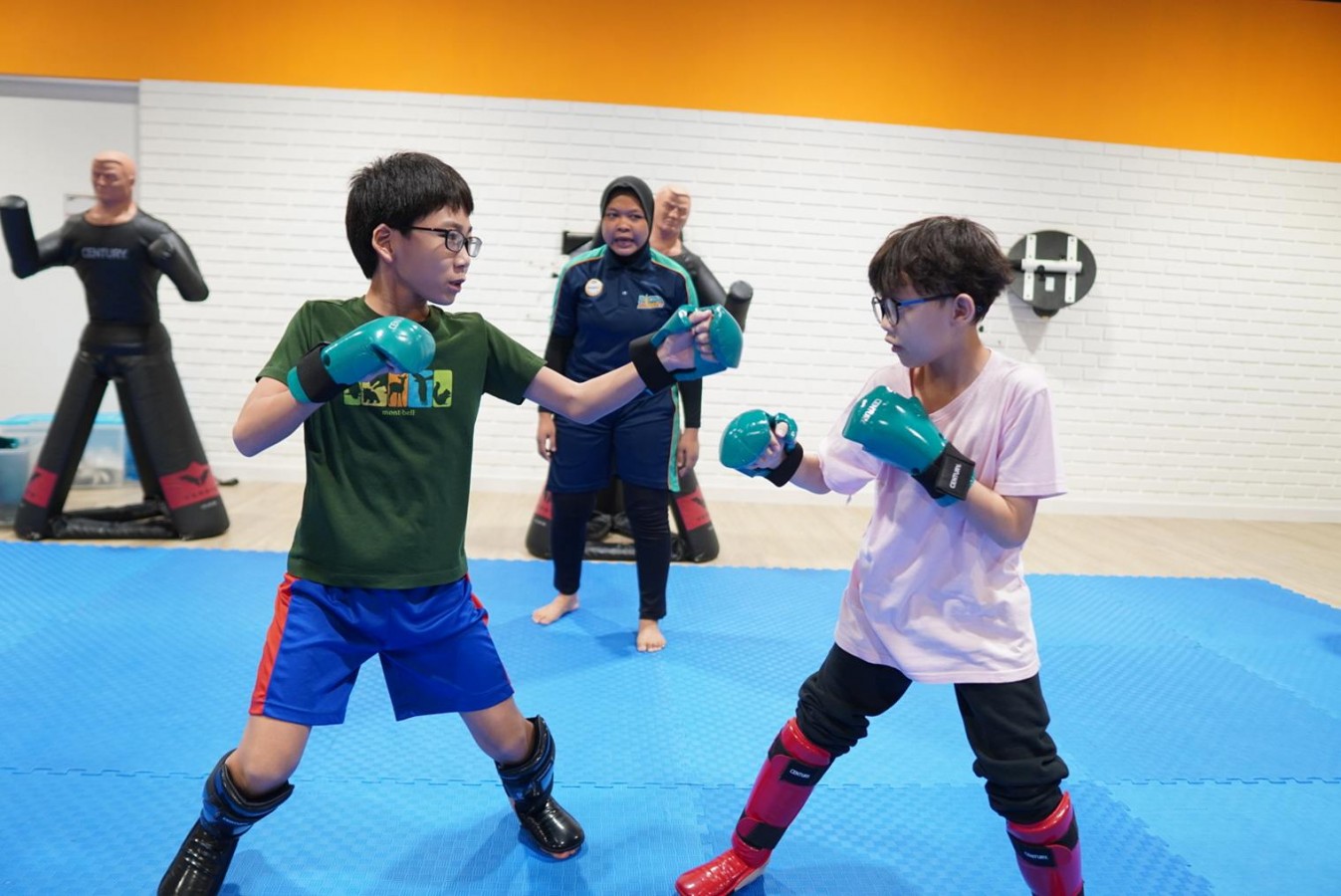Cheerleading Jumps: Tips on How To Improve The Jumps Techniques

Cheerleading is a dynamic and athletic activity that combines elements of dance, gymnastics, and cheer. One of the most visually captivating aspects of cheerleading is the jumps. Perfecting cheerleading jumps requires strength, flexibility, and proper technique.
In this article, we'll explore essential tips and strategies to enhance your cheerleading jumps, helping you to achieve greater height, form, and execution.
Cheerleading Jumps Technique
Cheerleading is a sport that demands a blend of agility, strength, and precision. Among its many components, jumps stand out as a key element that adds dynamism and excitement to routines.
Perfecting your cheerleading jumps requires dedication and a focus on technique. Here are some tips to help you improve your cheerleading jumps technique and make your performances more impactful:
A. Basic Jumps
Basic jumps form the foundation of cheerleading routines and are essential for beginners to master before progressing to more advanced techniques. Here are three common basic jumps:
- T-Jump
The T-Jump, also known as the Touchdown Jump, involves jumping with both arms extended straight out to the sides, forming a "T" shape in the air. It's crucial to focus on achieving maximum height and maintaining proper arm positioning throughout the jump to create a clean and visually appealing shape.
- Spread Eagle
In the Spread Eagle jump, cheerleaders jump with their legs extended wide apart horizontally, resembling the shape of an eagle's wings in flight. This jump requires excellent flexibility and control to achieve full extension and symmetry in the air, emphasizing both leg and core strength.
- Tuck Jump
The Tuck Jump involves bringing both knees up towards the chest while jumping, tucking them tightly in a compact position. This jump showcases explosiveness and requires quick reflexes to achieve a tight tuck and maintain balance throughout the jump, demonstrating both strength and agility.
B. Intermediate Jumps
Intermediate jumps build upon the basic techniques, incorporating more complexity and style. Here are three intermediate jumps to add flair to your routine:
- Side Hurdler
The Side Hurdler jump involves jumping off one foot while extending the other leg sideways parallel to the ground, resembling the position of hurdling over an obstacle. This jump requires coordination, balance, and flexibility to achieve proper leg extension and alignment while maintaining height and form.
- Herkie
Named after Lawrence Herkimer, the founder of the National Cheerleaders Association, the Herkie jump involves jumping off one foot while extending the other leg forward at a 90-degree angle and the arms in a "T" position. This jump emphasizes height, flexibility, and gracefulness, requiring precise timing and coordination to execute smoothly.
- Front Hurdler
Similar to the Side Hurdler, the Front Hurdler jump involves jumping off one foot while extending the other leg forward, but in front of the body rather than to the side. This jump challenges flexibility and balance while requiring the cheerleader to maintain control and alignment throughout the jump, showcasing strength and poise.
C. Advanced Jumps
Advanced jumps push the boundaries of athleticism and require precision, strength, and agility. Here are three challenging jumps to take your skills to the next level:
- Pike Jump
In a Pike Jump, start with feet together and arms at your sides. As you jump, extend your legs straight out in front of you, parallel to the ground, while reaching your arms forward towards your toes. Focus on keeping your legs straight and toes pointed for maximum extension.
- Hurdler (Left and Right)
Hurdler jumps involve leaping into the air with one leg extended straight out to the side, forming a horizontal line with the ground. Alternate between left and right hurdler jumps, focusing on height and maintaining a pointed toe on the extended leg.
- Toe Touch
The Toe Touch is a classic cheerleading jump where you jump vertically and simultaneously kick both legs out to the sides, aiming to touch your toes with your fingertips. Focus on achieving maximum height and splitting your legs evenly for a clean execution.
Tips On How to Improve Cheerleading Jumps
Improving your cheerleading jumps requires dedication, practice, and attention to detail. Here are some tips to help you enhance your jump technique and overall performance:
1. The Way You Practice Matters
Remember, the way you practice is the way you'll perform. If you only give half effort during practice, your jumps won't reach their full potential during performances. Dedicate yourself fully to each practice session to ensure you're building the right habits.
2. Practice in Front of a Mirror
Utilize a mirror during practice sessions to visually assess your form and technique. This allows you to identify areas for improvement, such as proper arm placement, leg extension, and overall body alignment.
3. Practice Smiling
Cheerleading is as much about performance as it is about athleticism. Practice wearing a confident smile throughout your jumps, as it enhances your overall presentation and adds to the excitement of your routine.
4. Practice on the Ground
Before attempting jumps in the air, practice the motion and technique on the ground. This allows you to focus on proper form, timing, and coordination without the added challenge of height. Start with slow, controlled movements and gradually increase speed and intensity as you improve.
5. Practice on Various Surfaces
Cheerleaders perform on a variety of surfaces, from gym floors to outdoor fields. Practice your jumps on different surfaces to adapt to varying textures and conditions. This helps build stability, balance, and confidence regardless of where you perform.
Master Your Jumps With Precision and Style!
Improving your cheerleading jumps requires dedication, practice, and attention to detail. Remember, consistency is key, regular practice and refinement of your skills will lead to noticeable improvements over time. Keep pushing yourself, and your cheerleading jumps will become a standout feature of your routine.
At Rockstar Academy, we offer a comprehensive cheerleading program designed to cultivate both athleticism and artistry in aspiring cheerleaders. Our program is meticulously crafted to provide top-notch training in cheerleading techniques, choreography, and teamwork, all under the guidance of experienced coaches and instructors.
As part of our commitment to excellence, students also have the opportunity to showcase their skills and spirit in various cheerleading competitions such as Elite Championships and RockOlympics throughout the year, where they can shine on stage and represent our Sports & Performing Arts Academy with pride.
Excitingly, we're currently offering a free trial of our Cheerleading Program, giving prospective students the chance to experience the excitement and benefits firsthand.
Don't miss out on this incredible opportunity to join our vibrant cheerleading community and unleash your potential. Sign up for your free trial class today and get ready to cheer your way to success at Rockstar Academy!
FAQ
How can I improve my cheer jumps?
Focus on practicing regularly with full effort and attention to detail. Utilize mirrors for feedback, smile during practice to enhance performance, and train on various surfaces to build stability and confidence.
How many types of jumps are there in cheerleading?
There are several types of jumps commonly used in cheerleading, including basic jumps like the T-Jump, Spread Eagle, and Tuck Jump, advanced jumps such as the Pike, Hurdler, and Toe Touch, and intermediate jumps like the Side Hurdler, Herkie, and Front Hurdler. Each jump requires specific technique and skill to execute effectively.



